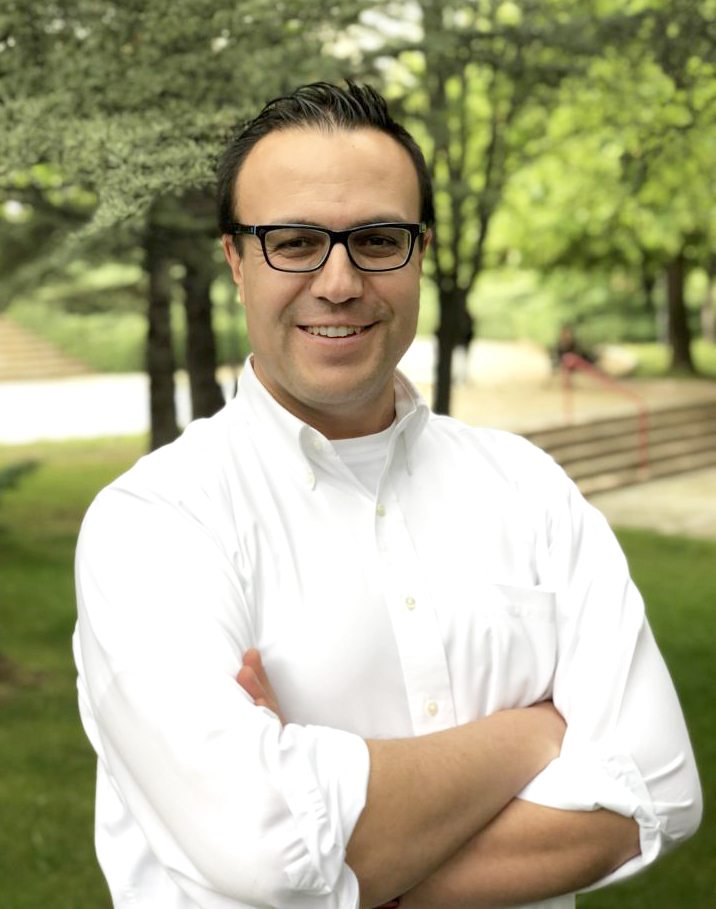Ozensoy Research Group’s Work Appears on the Cover of
Journal of the American Chemical Society
A collaborative research team led by Professor Emrah Ozensoy of Bilkent University Chemistry Department and UNAM recently published a paper entitled “Unraveling Molecular Fingerprints of Catalytic Sulfur Poisoning at the Nanometer Scale with Near-Field Infrared Spectroscopy”, which appeared on the cover of the Journal of the American Chemical Society (JACS), a leading scientific journal in the field of chemistry and its inter-disciplinary domains . The research team also included collaborators from Assistant Prof. Zafer Say (TOBB University), and Associate Prof. Engin Durgun’s (UNAM) research groups.
Most of the industrially produced chemicals used in medicine, pharmacy, energy storage/conversion, automotive, electronics, paints, food, textile, etc. are obtained using special chemicals called “catalysts” enabling faster, cheaper, safer, and environmentally friendly synthesis of consumer products in large scales. Cost of global catalyst production by the chemical industry approaches $50 billion/year, while the economic value of the products generated by these catalysts are estimated to exceed $ 0.2 Trillion/year, globally. Hence, fundamental understanding of catalyst chemistry is of paramount industrial significance.


Catalysts are often comprised of tiny particles with diameters of a few nanometers. Thus, catalyst design, synthesis, and characterization demands a very high accuracy at the nanometer scale. While there exists several conventional spectroscopic/microscopic techniques providing nanometer-scale analysis of catalysts, there is typically a trade-off between spatial resolution and chemical information. In other words, many techniques enabling the detection of very small catalyst particles, typically fail to provide detailed chemical knowledge of such systems. Furthermore, it was theoretically established by Ernst K. Abbe in 1873 that the spatial resolution of such analytical techniques is limited to the half of the wavelength of the probe particles used in detection (e.g., photons, electrons, ions).
In their recent work, Ozensoy research group and their research collaborators demonstrated for the first time that a novel spectroscopic technique called scattering type near field optical microscopy-based nano-Infrared (s-SNOM Nano-IR) spectroscopy can be utilized to beat the Abbe’s diffraction limit to investigate sulfur poisoning of catalytic particles at the nanometer scale under technically relevant experimental conditions. Prof. Ozensoy points out that “the current work also may pave the way for the future high-resolution/high chemical definition studies on many other nano-systems relevant for electronics, battery technologies, sensors, and nano-biotechnology”. Along these lines, a news article on Prof. Ozensoy’s paper was also just published in AZO Materials (https://www.azom.com/article.aspx?ArticleID=21662), a globally known online publication for the Materials Science community.
If you are interested in Prof. Ozensoy’s recent work, you might access the article published on the Journal of American Chemical Society by clicking here.